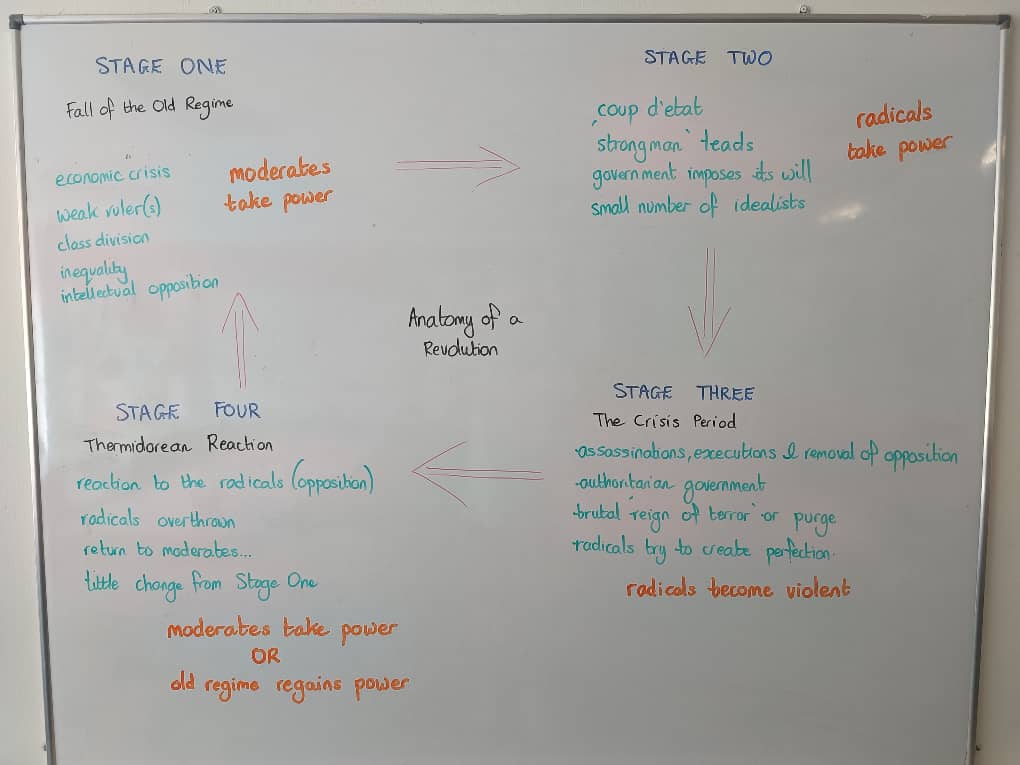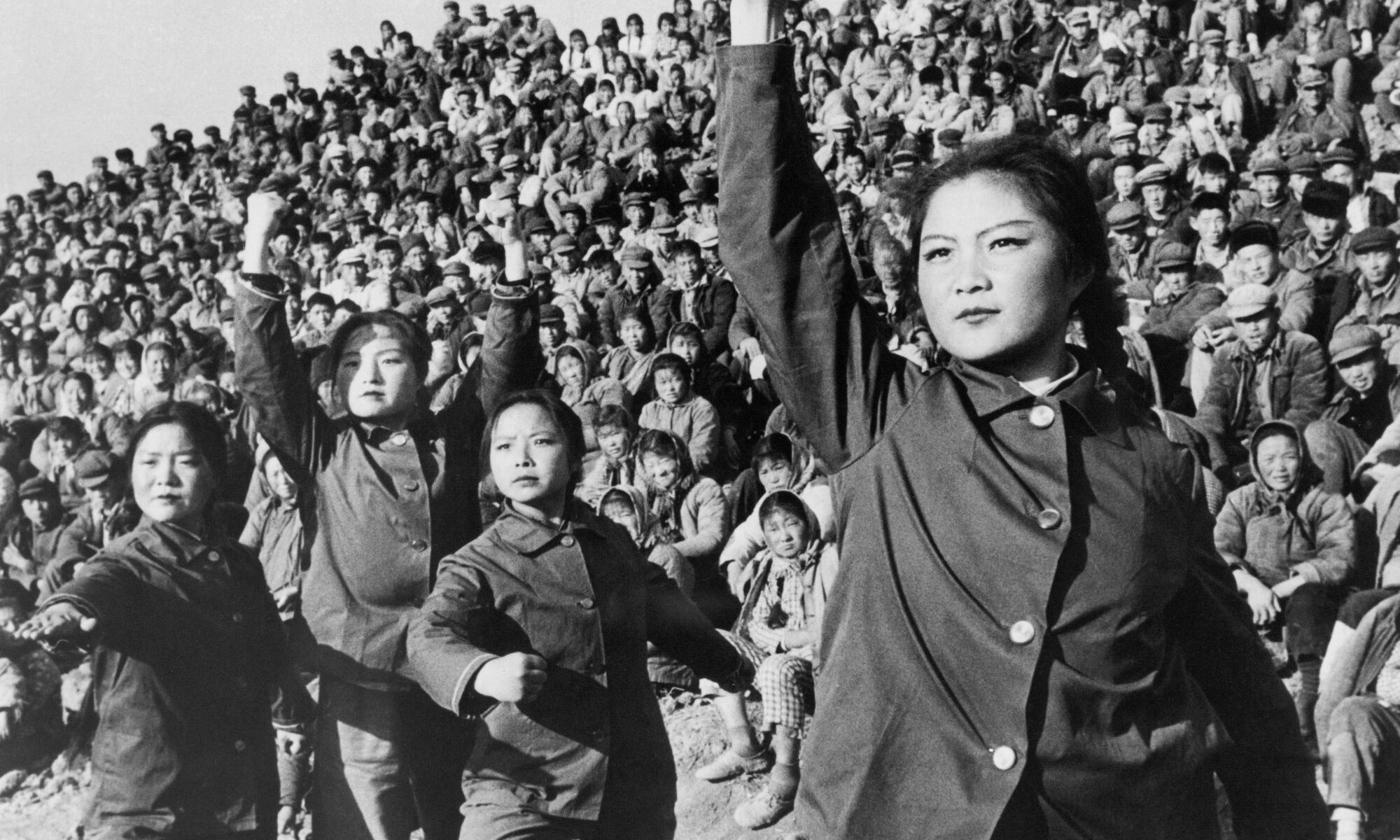Anatomy of a Revolution

The French Revolution and Crane Brinton
This is a teacher’s view of how the French Revolution fits Crane Brinton’s model.
Anatomy of Revolution (adapted from Crane Brinton)
Stage One: The Fall of the Old Regime
- Riots and violence were part of life in France but 1789 was one of the worst. The quality of life deteriorated for many and the government was unable to solve the problems. Consequently, it took the blame and forced its downfall.
- The National Assembly was formed and the king was eventually subordinate to it. The Tennis Court Oath was another factor, a promise that a new constitution was needed.
- The National Assembly created the Declaration of the Rights of Man and Citizen in August of 1789.
Stage Two: The Rise of the Moderates
- The French Constitution was set up in 1791 with a new constitutional monarchy.
- Louis and Marie-Antoinette were held prisoners for treason.
- In 1792, a new Republic was born and all males were allowed to vote (universal suffrage).
Stage Three: The Crisis Period
- The Committee of Public Safety (the radicals), led by Maximilien Robespierre, wanted to …
- The radicals establish an authoritarian government that takes over the lives of its citizens. A brutal ‘reign of terror’ is launched. Tens of thousands of people were executed by the guillotine. These included both Louis and Marie-Antoinette.
Stage Four: Thermidorean Reaction
- During the Thermidorian reaction, people overthrow the government and prefer a return to moderates in government. Moderates return to power, and the quieter days of before return for the time being.
Another Stage?
- Does the old regime return to power? In the case of France, an absolute monarch – Louis XVI, was eventually replaced by another in all but name – Napoleon Bonaparte.

